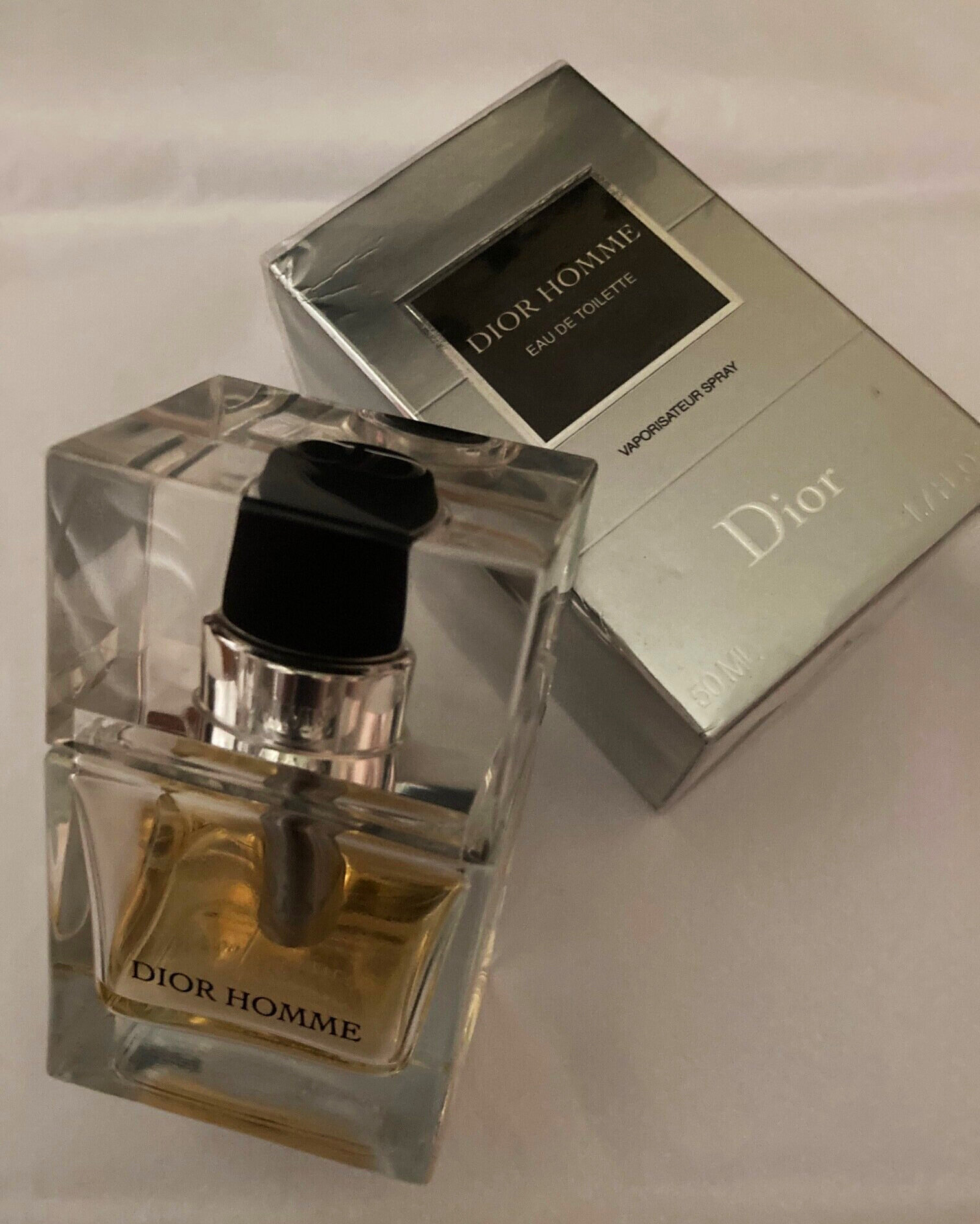Dior Homme (2005)
A slim figure in tailored suiting. Charcoal gray hopsack contrasted by a crisp white collar. A four-in-hand knot. A tweed-like overcoat with houndstooth detailing. Leather brogues. What year is this?
The figure awaits the arrival of a dining partner in a cosmopolitan setting. Modernist architecture overlays cobblestone streets. This commercial district is inundated with activity in advance of the coming holidays. Ambitious students purchase Christmas gifts they can’t truly afford, though neighborhood denizens have built empires in this environment.
It’s not easy to stand out here. Both style and substance are well represented. But the figure inhabiting this space is comfortable, elegant, aloof even. Who is this person? Never has anonymity been more alluring.
You may have noticed that the scenario described above includes no pronouns. This is not political correctness, but rather a way in which to emphasize the androgynous aura of Dior Homme. I first encountered the perfume about a year after its release in 2005. I was a graduate student and hadn’t previously considered perfume a necessity. I knew I liked to smell nice, but fragrance was at most an afterthought for me. And along comes Dior Homme. The bottle was striking – a clear glass cube holding golden liquid in suspension; a silver column cleverly used to disguise the dip tube and a corresponding silver collar around the atomizer. Elegant work from Dior’s designers. Upon sampling the perfume, I had to check my surroundings. Surely I had accidently wandered to the women’s perfume counter. No – the bottle says “Dior Homme”. Wait…what?
I suspect it took me some time to truly appreciate Dior Homme. To my twenty-something sensibilities, it initially seemed almost improper. It was pretty. It was plush. It was more reflective of the feminine than the masculine, being centered on delicate floral notes. Perfumer Olivier Polge created something striking, but not without risk. Credit to Dior’s leadership for concluding that men would be comfortable with something so graceful. Looking back now, Dior Homme has more in common with mid-20th Century releases from Guerlain than it does with modern masculines.
Dior Homme opens with the briefest flash of bergamot before segueing into an herbal lavender accord. In my younger days, I considered lavender to be rather unpleasant. I had associations of cheap air freshener and laundry detergent. But Dior Homme convinced otherwise. The lavender here is paired with a full-blooded iris note. This type of iris has been described as smelling something like the inside of an expensive handbag. I’d say that’s accurate – it reminds one of waxy lipstick and powdered makeup. The combination of this cosmetic iris and the gentle lavender gives the perfume the texture of a familiar cashmere sweater. It caresses and calms. Also here a note of raw cacao, making the fragrance feel almost edible for a period of time. The suggestion of dessert is ultimately undermined by a pinch of patchouli and a suede leather note at the very heart of the perfume. Indeed, the final impression is something like fine suede – supple, silky, refined.
It’s impossible to discuss Dior Homme without reference to its multiple formulations and flankers. Perfume is big business after all, and Dior has sadly tinkered with this beauty a bit too much. Dior Homme has now been re-formulated at least twice, with the first changes occurring in 2011. The current formula is still quite good, though the iris note is less prominent than it once was. The perfume also feels woodier in its current state, and somehow less indulgent. At various times in the past fifteen years, Dior has also offered flankers built on the frame of Dior Homme: Dior Homme Intense, Dior Homme Cologne, Dior Homme L’Eau, and Dior Homme Parfum. If this all sounds a little confusing, that’s because it is. Each of these flankers has redeeming qualities, but none inspire the sort of enthusiasm I associate with the original Dior Homme. Perhaps that’s to be expected. They are like sequels to a truly great film. They are, by definition, inferior.
If you can get your hands on a bottle of the original Dior Homme, do so by any means. It is androgynous, mysterious, elegant. David Bowie and Catherine Deneuve in The Hunger. I consider it perhaps the finest designer masculine of the past two decades. Because it’s not quite masculine. It’s not quite feminine. It just is.



